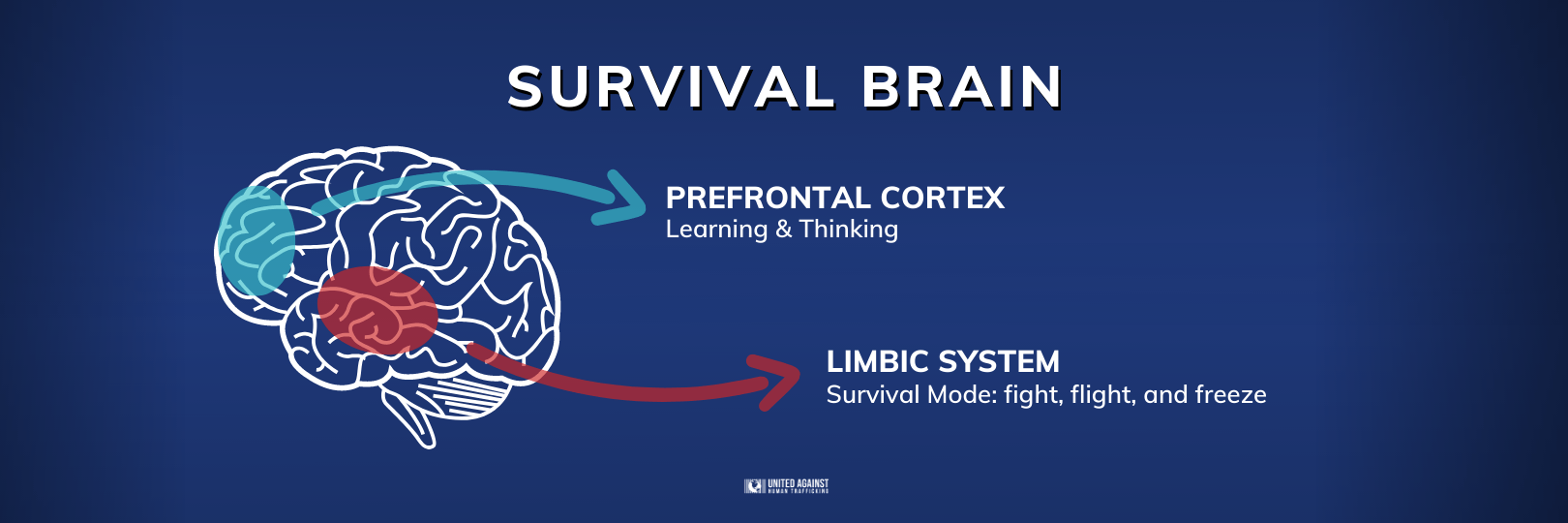
The Fight to Survive: How Our Brains Protect Us
Just a moment before, my hair flowed behind me in the cool wind. My fingers wrapped around the handlebars, one foot planted on the deck, the other launching me forward along the pavement. I trailed a few feet behind my older brother as he expertly crossed from one half of the driveway to the other on his blue scooter. I wanted to keep up and pulled my right handlebar back slightly.
In an instant, my front wheel caught in the concrete crack. The back wheel swung out as both the scooter and I toppled over.
Involuntarily, my hands released the handlebars and flew out in front of me, catching the full weight of my body as I let out a scream.
My wrist was fractured, but thankfully everything else – my head and torso – was unscathed.
A healthy response
Everyone experiences these reactions:
You might feel rage course from your ankles to your head, heating every inch of your body, pressure building with every inhale until a deep growly yell erupts. That’s fight.
You might lose the ability to sit comfortably, fidgeting your fingers, squeezing your toes, readjusting your posture, as nausea slams your gut. That’s flight.
You might numb your senses to your surroundings, glazing your eyes and ears, racing through every terrifying scenario in your mind, yet incapable of uttering a word or twitching a finger. That’s freeze.
These are natural, normal, healthy responses to an abnormal, uncomfortable, stressful situation.
stuck in survival mode

























